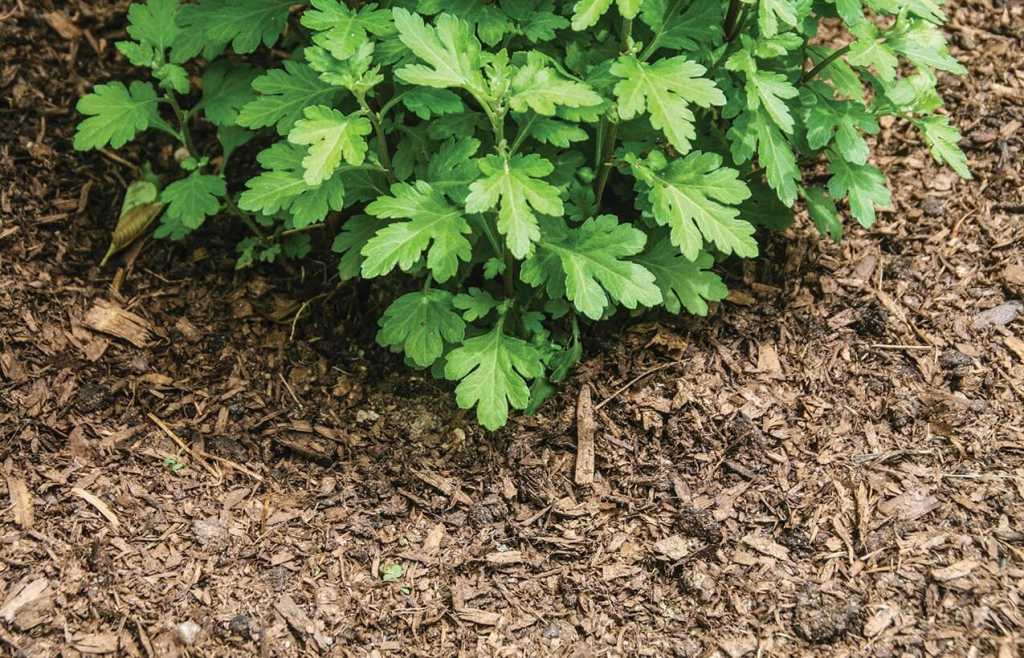Individuals who don’t live near the equator or in another warm climate know that winter will rear its chilly head this year.
Cold temperatures and snowy conditions may be excellent for skiing and sledding, but gardeners recognize these conditions are not ideal for their plants. The inevitable slowing of activity in the garden during fall marks a time to shift attention from constant plant care to preparing the landscape for next season. It may be tempting to simply let Mother Nature take over, but a little pre-winter TLC can ensure gardens make it through winter unscathed.
REMOVE SPENT PLANTS
Decomposing organic material is the basis for compost and other fertilizers. However, vegetable plants that are left to sit can lead to decay in the garden. Decaying plants can serve as hosts for pest populations and diseases. Rotting vegetables also can drop unwanted seeds into the soil, which eventually can strip nutrients that normally would go to next year’s crops. Ornamental plants and perennials can be cut back in fall. Cut down stalks and remove leaves.
PLANT A COVER CROP
The gardening resource This Is My Garden recommends planting a cover crop to set the stage for a successful spring. A cover crop protects the soil and can return nutrients to it. When the soil is bare during winter, weed seeds can easily blow in and lie in wait, ultimately becoming a problem during the ensuing year. Cover crops can include clover or field peas, which will increase the levels of available nitrogen.
AMEND THE SOIL
Fall is a perfect time to add soil amendments, such as manure and compost. These fertilizers will add nutrients and break down gradually, enriching the soil over the winter.
REPLENISH MULCH
Gardeners may have added mulch around shrubs and other areas of the landscape early in the season because it is attractive. But mulch also does much to reduce water loss and protect the soil from erosion. It may inhibit weed growth as well. Replacing mulch when the mercury drops can insulate the soil, which helps to regulate soil temperature. A thick layer of mulch around root vegetables left in the garden can offer protection against hard frosts.
DIVIDE BULBS
Divide plant bulbs and plant them where you want flowers like daffodils and tulips to grow in the spring.
PRUNE DORMANT PLANTS
Wait until plants are dormant to prune them and adjust their shape. Most shrubs and trees should be pruned in late winter, right before new growth.
MOVE POTTED PLANTS
Bring delicate plants into a sheltered area, such as a greenhouse or indoor garage, so they can continue to thrive during the winter. Fall and winter still provide opportunities to spend time in the garden. At this point in the year, gardeners can prepare landscapes for the next season.




















